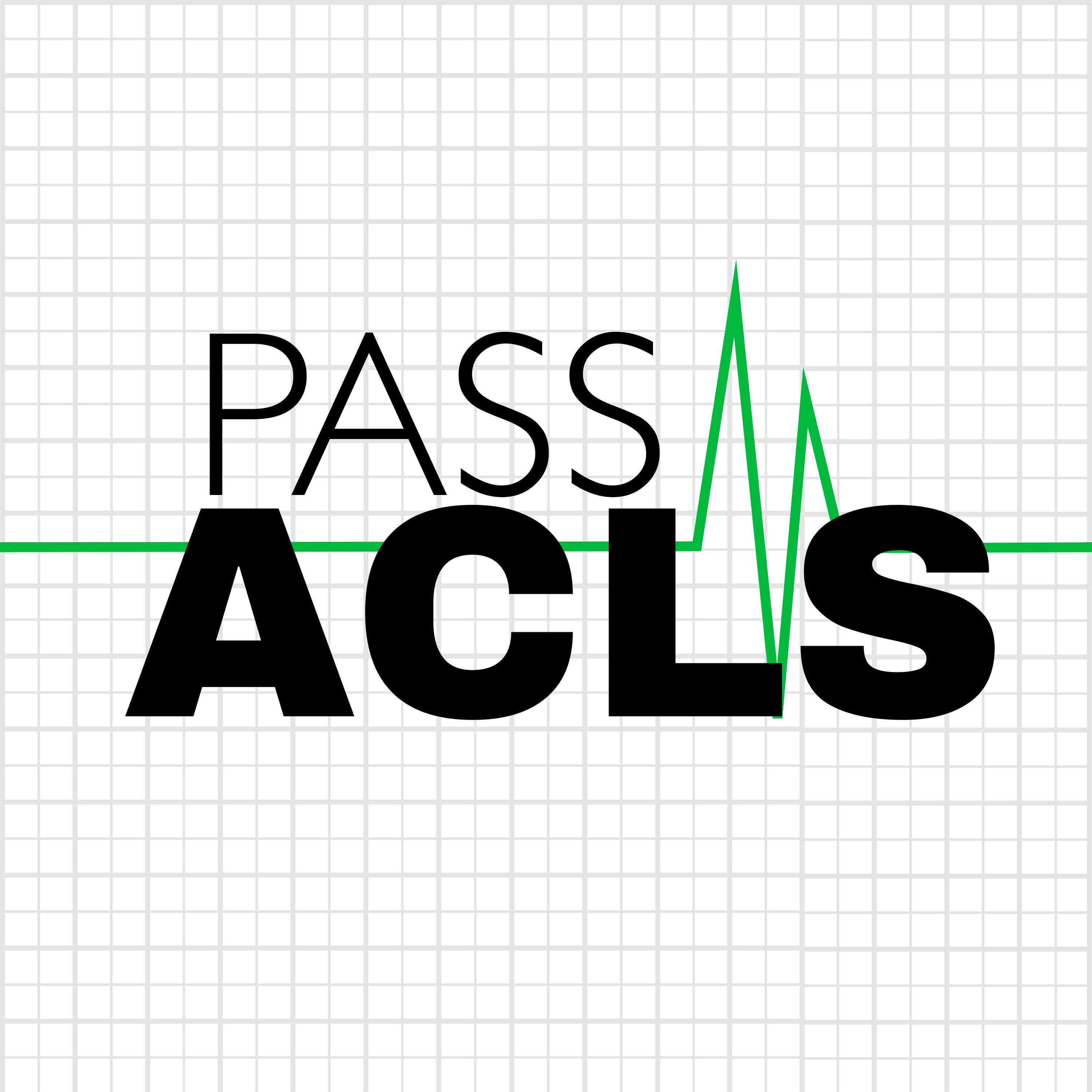Oropharyngeal Airway (OPA) Review
Description
The tongue is the most common airway obstruction in an unconscious patient.
Insertion an oropharyngeal airway helps keep the patient’s tongue from falling to the back of the pharynx, causing an airway obstruction.
The oropharyngeal airway is sometimes called an OPA or simply an oral airway.
Indications for using an oral airway.
Contraindication for an oral airway and an alternative airway that can be used for patients with an intact gag reflex.
Measuring an OPA and possible complications from inserting one that's too small or too large.
Two techniques to properly insert an OPA.
The use of an oral airway during CPR.
The use of an OPA as a bite block after a patient has an advanced airway placed.
Connect with me:
Website: https://passacls.com
@PassACLS on X (formally known as Twitter)
@Pass-ACLS-Podcast on LinkedIn
Give back - buy Paul a bubble tea here
Good luck with your ACLS class!
More Episodes
Remembering all the different energy setting needed for synchronized cardioversion and defibrillation used to be confusing for a lot of people.
Defibrillators can be broken down into three basic categories:
1. Automated External Defibrillator (AED);
2. Biphasic defibrillators; and
3. ...
Published 06/13/24
Published 06/13/24
Patients with a heart rate less than 60 are bradycardic. Some people can have a resting heart rate in the 40s without any compromise. For others, a heart rate of 50 or less could signify the need for immediate intervention and warrants additional assessment.
Signs & symptoms that indicate a...
Published 06/12/24


